Image editing software
In modern photography, nothing is possible without the computer and the software that inevitably goes with it. All the major studios in the world use image editing software in one way or another to remove mistakes from their shots, retouch objects and make countless changes. These techniques are also becoming more and more common in private households, so that even the photos taken on the last holiday are now subjected to a certain amount of retouching before they are presented to friends or acquaintances. But the necessary tools are a basic prerequisite for this.
Anyone can do professional image editing
With the right image editing software, professional image editing is possible for everyone. To do this, one no longer needs to be an expert who has studied this field for years - because the fact is that good software will guide the user through essential steps and provide instructions. But it also depends on the design of the interface, because it should be easy to understand and intuitive to use. Tidy and structured - this is also the motto of many well-known manufacturers today. In their programmes, even children can already recognise the essential steps and make simple settings. With a little practice, it quickly becomes clear where the functions are hidden and how to apply them to a picture. This is what distinguishes good image editing software from other variants.
Nothing is impossible
With such software, there are then no limits for the user. Basic editing, such as adjusting brightness or contrast, is of course just as possible as removing unwanted objects or copying entire backgrounds so that people and objects can easily be brought into a different environment. Editing faces and colours, adjusting effects and lighting, applying art filters and time machines - these make the pictures look as if they are from another century - are just a few examples of the possibilities that good image editing programmes provide. Even moving objects in the image is feasible, providing an incredible range of options that will fire anyone's imagination and creativity.
Management included
Good image editing software today usually also provides full management for the images on the hard disk or data carrier. With these functions, images from cameras and other media can be easily imported and captured for processing. A structured interface ensures that project data and image formats can be easily found and organised. The application of various filters helps to isolate and selectively display different image formats. In addition, these databases also provide search functions that allow images to be filtered by date, time, location and many other factors. Importing RAW data and META information is also usually done automatically, so that it can be made available for later use.
Connectivity at all levels
Modern image processing software offers comprehensive connectivity at all levels. This means that the latest systems can connect to smartphones as well as to the latest high-end cameras. In the meantime, import via Bluetooth and WLAN is also supported, which usually enables the immediate editing of freshly taken pictures. Some software also offers the option of capturing slides so that old photo collections can be digitised quickly and easily. The connection to scanners and photo printers is also supported by all current systems, so that the capture and printing of this material is usually done in seconds.
Up to date
The advantage of modern software is that current standards are always taken into account. For example, the latest versions are already suitable for processing HDR (High Dynamic Range) and ultra-high resolution image material. However, technical development does not stand still. Therefore, users can always fall back on a multitude of plug-ins and updates that keep the application up to date for a long time. Thus, with the help of simple updates, new technologies can be incorporated and changing standards can be updated retrospectively. All this saves the need to buy new software and, in essence, this is what makes a truly professional application.
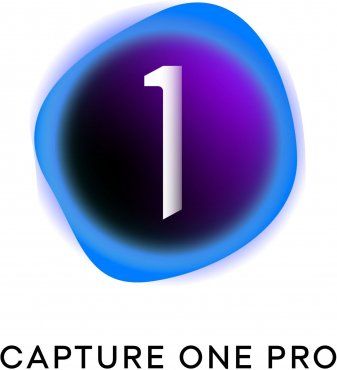

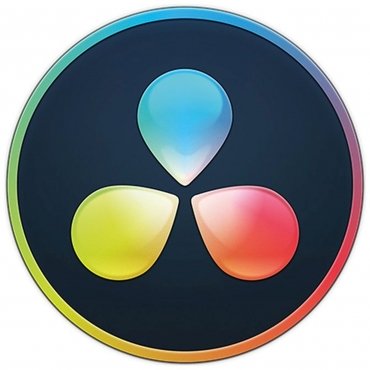

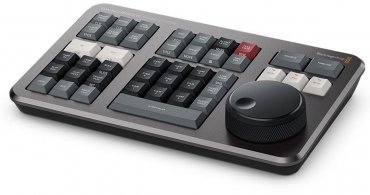
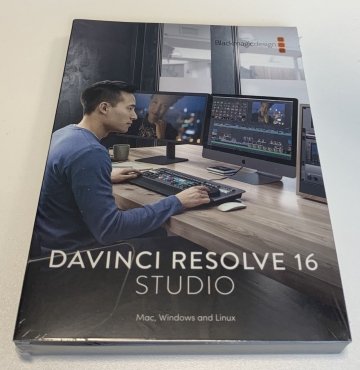
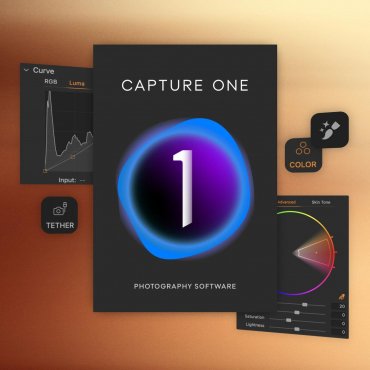

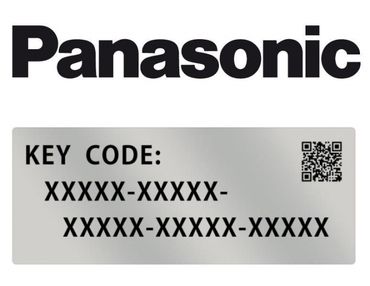
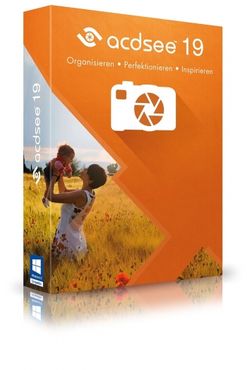







Simply subscribe and benefit as a newsletter recipient every week: